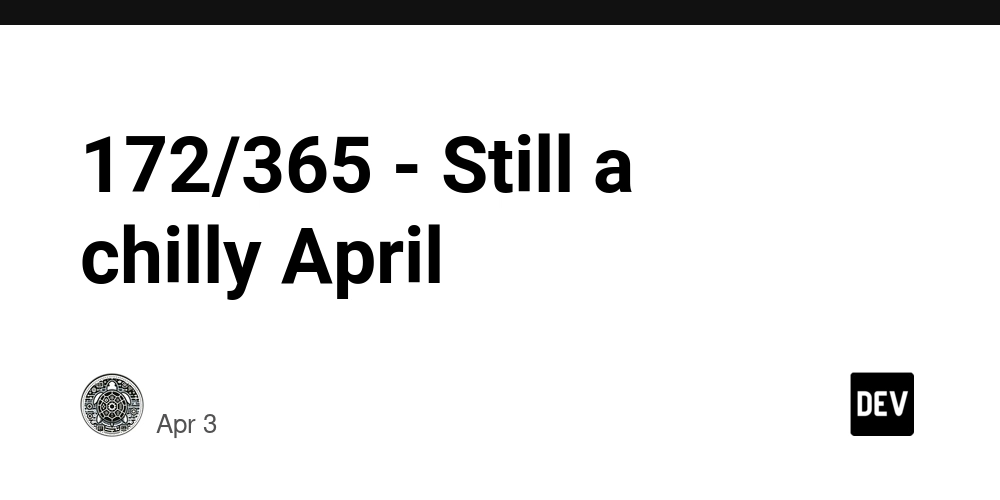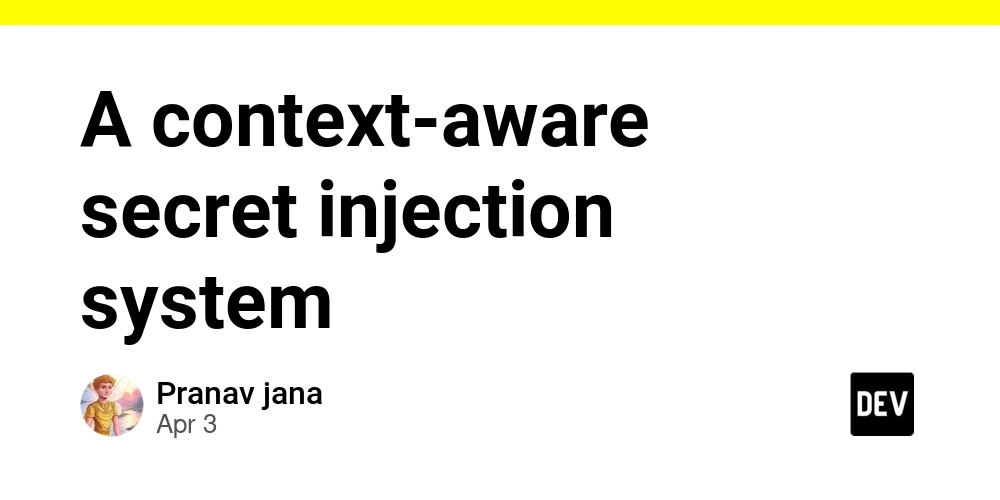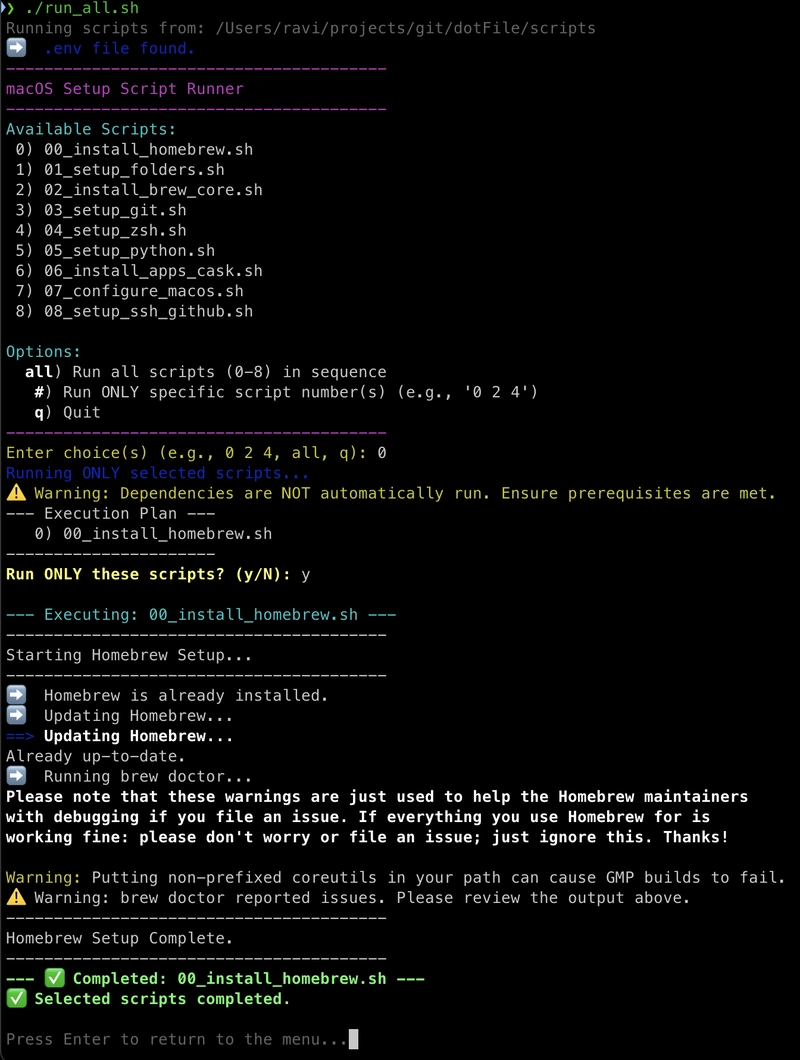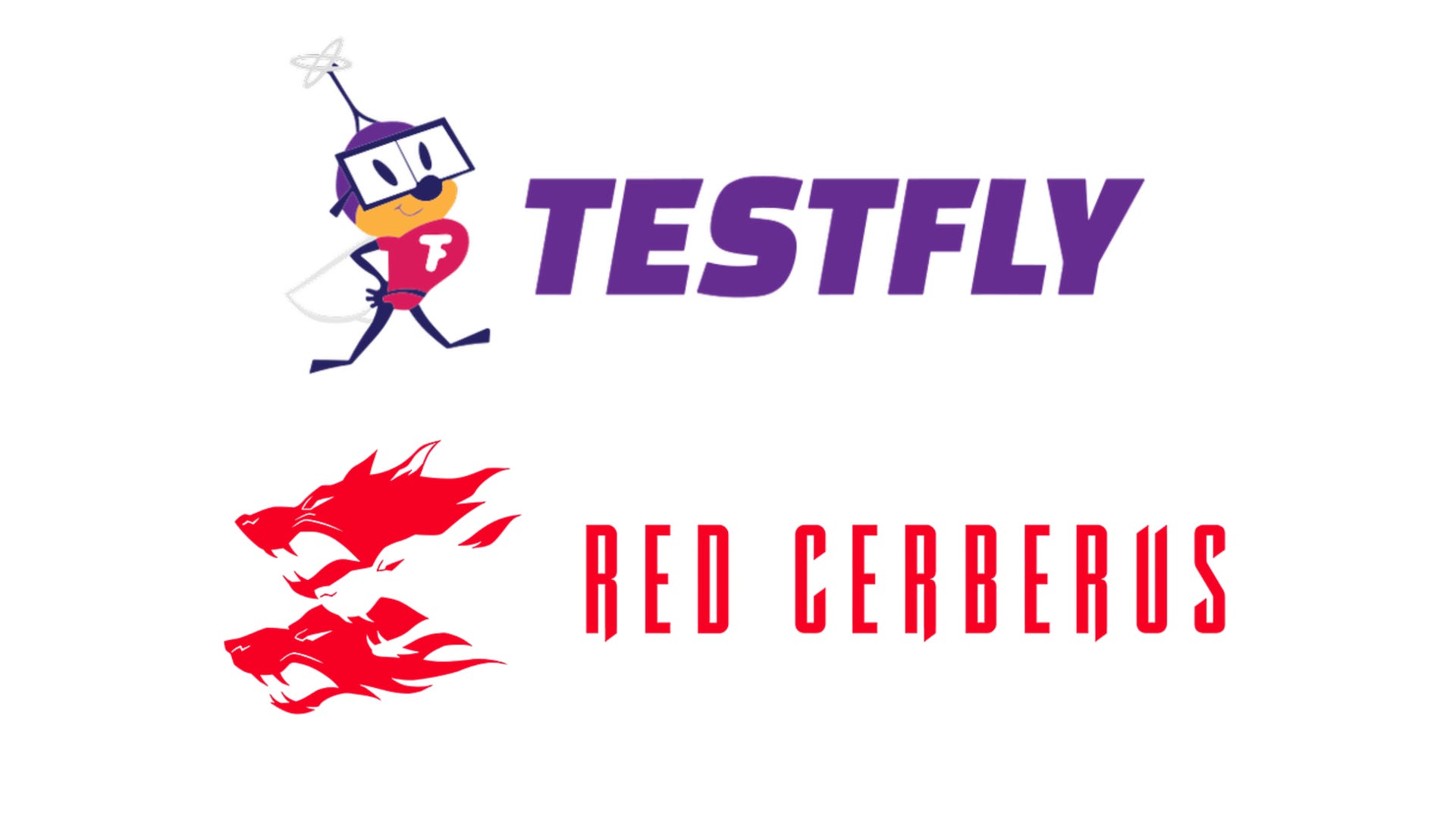Binance Finally Delists Tether USDT from European Spot Trading in Compliance with MiCA
Binance has delisted Tether’s USDT from spot trading pairs in the European Economic Area (EEA) following an announcement early this month. This move is part of the exchange’s efforts to align with the newly enforced Markets in Crypto-Assets Regulation (MiCA). The regulation, designed to bring stricter oversight to the digital asset space, is compelling exchanges like Binance to modify their offerings in the region.Binance's action, reported by Cointelegraph, is part of a broader compliance plan as disclosed in March. It is the latest adjustment in the ongoing effort to comply with MiCA guidelines. MiCA Compliance and the Crypto Market ShiftAs of March 31, the exchange has removed non-MiCA-compliant tokens, including USDT, from its spot trading pairs. However, it’s important to note that users in the EEA are still able to hold and trade these tokens in perpetual contracts.MiCA regulations, which have been steadily entering European crypto markets, require exchanges to delist assets that do not meet specific compliance standards.Binance announced that it will delist all non-MiCA compliant stablecoin trading pairs in the European Economic Area starting March 31, including USDT, FDUSD, TUSD, USDP, DAI, AEUR, UST, USTC, and PAXG. Binance recommends that users convert these assets to MiCA compliant…— Wu Blockchain (@WuBlockchain) March 3, 2025While Binance’s decision to remove USDT from spot trading pairs in Europe may have caught some by surprise, it is in line with the expected changes, which include a deadline of Q1 2025 for full implementation. Binance is not alone in this action; Kraken, another major crypto exchange, also restricted USDT trading in the EEA earlier in March, shifting it to a sell-only mode.For many cryptocurrency enthusiasts, the delisting of popular assets like USDT could feel like a blow to trading flexibility. However, it also signals the evolving regulatory climate that exchanges are having to navigate, with compliance becoming an increasingly important factor in global operations.Crypto Traders in the EEAFor now, users in the EEA can still engage with non-MiCA-compliant tokens like USDT through other means, such as perpetual contracts. These financial instruments allow traders to speculate on the price movements of these assets without holding them directly in spot markets. However, the long-term outlook remains uncertain, with some observers wondering whether more exchanges will follow suit and delist additional tokens over time. Early this year, Crypto.com also announced plans to delist USDT along with nine other tokens, FinanceMagnates.com reported.The regulatory push in Europe is reshaping the crypto trading environment as exchanges adapt to the new rules. As the deadline for MiCA compliance approaches, the future of non-compliant tokens and trading practices in the region will continue to evolve. This article was written by Jared Kirui at www.financemagnates.com.

Binance has delisted Tether’s USDT from spot trading pairs in the European Economic Area (EEA) following an announcement early this month. This move is part of the exchange’s efforts to align with the newly enforced Markets in Crypto-Assets Regulation (MiCA).
The regulation, designed to bring stricter oversight to the digital asset space, is compelling exchanges like Binance to modify their offerings in the region.
Binance's action, reported by Cointelegraph, is part of a broader compliance plan as disclosed in March. It is the latest adjustment in the ongoing effort to comply with MiCA guidelines.
MiCA Compliance and the Crypto Market Shift
As of March 31, the exchange has removed non-MiCA-compliant tokens, including USDT, from its spot trading pairs. However, it’s important to note that users in the EEA are still able to hold and trade these tokens in perpetual contracts.
MiCA regulations, which have been steadily entering European crypto markets, require exchanges to delist assets that do not meet specific compliance standards.
Binance announced that it will delist all non-MiCA compliant stablecoin trading pairs in the European Economic Area starting March 31, including USDT, FDUSD, TUSD, USDP, DAI, AEUR, UST, USTC, and PAXG. Binance recommends that users convert these assets to MiCA compliant…— Wu Blockchain (@WuBlockchain) March 3, 2025
While Binance’s decision to remove USDT from spot trading pairs in Europe may have caught some by surprise, it is in line with the expected changes, which include a deadline of Q1 2025 for full implementation.
Binance is not alone in this action; Kraken, another major crypto exchange, also restricted USDT trading in the EEA earlier in March, shifting it to a sell-only mode.
For many cryptocurrency enthusiasts, the delisting of popular assets like USDT could feel like a blow to trading flexibility. However, it also signals the evolving regulatory climate that exchanges are having to navigate, with compliance becoming an increasingly important factor in global operations.
Crypto Traders in the EEA
For now, users in the EEA can still engage with non-MiCA-compliant tokens like USDT through other means, such as perpetual contracts. These financial instruments allow traders to speculate on the price movements of these assets without holding them directly in spot markets.
However, the long-term outlook remains uncertain, with some observers wondering whether more exchanges will follow suit and delist additional tokens over time. Early this year, Crypto.com also announced plans to delist USDT along with nine other tokens, FinanceMagnates.com reported.
The regulatory push in Europe is reshaping the crypto trading environment as exchanges adapt to the new rules. As the deadline for MiCA compliance approaches, the future of non-compliant tokens and trading practices in the region will continue to evolve. This article was written by Jared Kirui at www.financemagnates.com.














































































































































































![[The AI Show Episode 142]: ChatGPT’s New Image Generator, Studio Ghibli Craze and Backlash, Gemini 2.5, OpenAI Academy, 4o Updates, Vibe Marketing & xAI Acquires X](https://www.marketingaiinstitute.com/hubfs/ep%20142%20cover.png)































































































































![[DEALS] Microsoft Office Professional 2021 for Windows: Lifetime License (75% off) & Other Deals Up To 98% Off – Offers End Soon!](https://www.javacodegeeks.com/wp-content/uploads/2012/12/jcg-logo.jpg)













































































































































_Anthony_Brown_Alamy.jpg?#)
_Hanna_Kuprevich_Alamy.jpg?#)




.png?#)









































































































![YouTube Announces New Creation Tools for Shorts [Video]](https://www.iclarified.com/images/news/96923/96923/96923-640.jpg)

![Apple Faces New Tariffs but Has Options to Soften the Blow [Kuo]](https://www.iclarified.com/images/news/96921/96921/96921-640.jpg)

































































































































